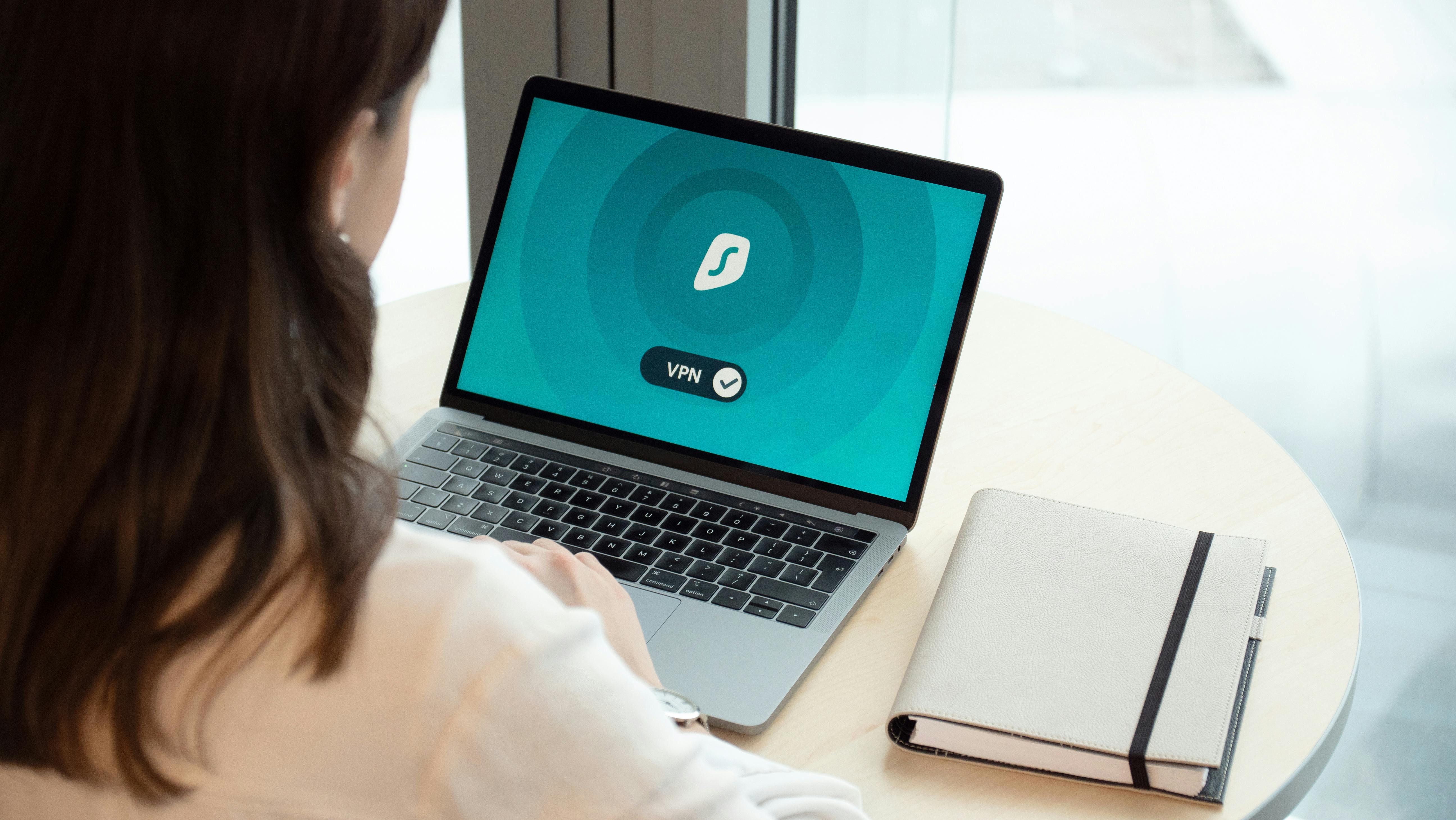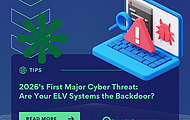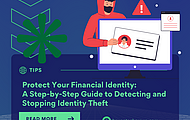Looking for ways to protect yourself from cyberattacks?

Did you know that 6 out of 10 business owners think that their employees are their biggest weak point regarding cybersecurity? While some companies are very quick to play the blame game and blame the users when things go wrong, they are not entirely at fault. The best way to avoid these types of issues is by providing security training and a safe environment for employees to do their jobs, however, it's important to note that cyber threats are constantly evolving so even with comprehensive training some things might get overlooked.
Nowadays most jobs require the use of a computer, usually one provided by their employer. During their initial training, they will be instructed to be very careful and not to click on anything suspicious or risky, however, this is often necessary to do their day-to-day responsibilities. For example, in industries like finances, most invoices are required to be sent as PDF attachments for them to be processed, so why would the employee be punished if they accidentally downloaded the wrong PDF? It’s crucial to have a comprehensive security training program that teaches employees ways to spot “phishing” emails, including how to look beyond the name of who has sent the email, and the structure of the email address.
In the recent attack analyzed by HP Wolf Security, threat actors compromised a user logged into Outlook for Web. Then they proceeded to use this compromised email address to send malicious emails to the entire company since it came from a trusted email address employees did not hesitate to download the malicious virus...
These are just a few examples of how everyone needs to play their part, even though cybersecurity training helps reduce the risk of a user clicking on the wrong link, businesses need to step it up and stop blaming the users for their failure to spot threats. Instead, organizations must leverage proper techniques and strategies to protect users.
Here are three strategies that can help!
1- Invest in a good antivirus for the entire company
First, businesses need good protection, luckily there are several options in the market that can help businesses with their specific needs. Even though some clever malicious actor might be able to find a way to get through it, this would be a good starting point in getting your network protected.
2- Knowledge is power
Organizations need visibility over applications running on employee devices and how they behave. Installing a good visibility tool such as an (EDR) Endpoint Detection and response or (XDR) Extended detection and response can help provide such insights.
For example, a user might download a new .exe file that starts scanning their One Drive folder and sends a report to a server in a foreign country, in this case, the antivirus tool has missed this malware and let the bad executable run, but because the business had a good visibility tool installed these types of unusual behavior can be spotted and possibly stop it before it does any further damage.
While traditional EDR and XDR tools can be expensive and labor-intensive to implement, these tools have proven themselves to be efficient in detecting malware. However, there is also a margin of error, and just like the antivirus it might not catch everything, but it's a second protection layer that the cyberattacker has to go through.
3- Isolating the problem
To significantly reduce the threat of a cyberattack, organizations should implement isolation technology alongside their antivirus and visibility tools. There are two ways to approach this, it could be on a cloud or on-device. With an on-device approach, the container runs locally on the user’s device and leverages the power of hardware-base virtualization to contain the problem and keep it away from your Windows OS and internal network.
This method creates a safety net for end users and protects them when they accidentally click on high-risk content such as an email attachment, file downloaded from the internet, website link, and so on.
Finally, it's important to invest in protecting your end users, It is vital that IT and cyber professionals take a layered approach, starting with an endpoint with security baked in, while this might sound as unobtrusive as possible this could prevent the end users to get around it. This will give employees the tools and systems to safely do their jobs instead of getting blamed for breaches that they cannot control.
If you have any questions or would like to discuss more options on how to keep your company safe do not hesitate to contact us for a FREE consultation.
‹ Back







